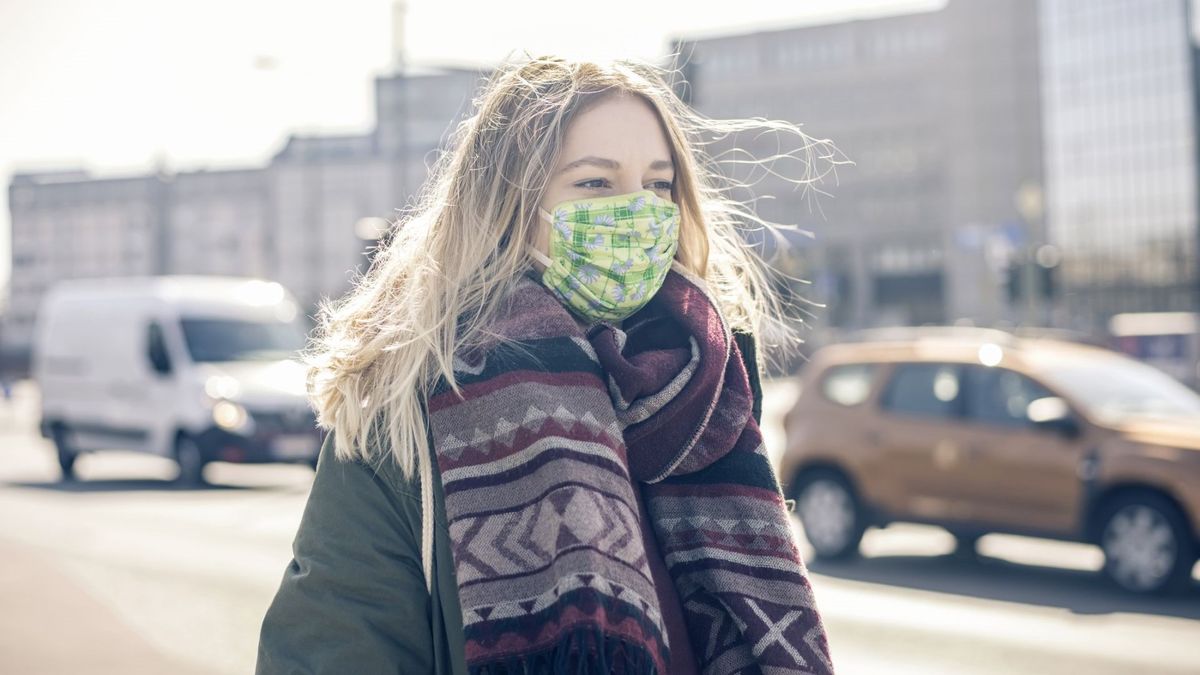As lockdown measures begin to ease, many stores and public spaces are demanding that visitors wear face masks. Even if it's not mandatory, wearing a face mask is one of the best ways the CDC recommends we can slow the spread of coronavirus. We've covered how to make face masks from home, with easy and no-sew options, in our face mask 101 guide, but there's a few issues which arise when wearing face masks in day-to-day life.
One major issue for those wearing face masks on the daily is the pain hooking elastic around the back of your ear can cause. In fact, a recent study from the Wound Management & Prevention journal found that repeated use of face masks can cause painful friction lesions. Pain isn't the only threat this can pose - the same study also noted that these cuts are vulnerable to infections and even the coronavirus itself. 'Skin damage can facilitate penetration of coronavirus and other pathogens into the blood circulation directly.'
This is an issue front line workers know all too well, which has caused manufacturers to create nifty face mask extenders (or 'ear savers') to take the strain off the backs of their ears. One such company is Whirlpool (yes, the makers of some of our favorite white goods, including freezers and washer dryer combos) which created S-hooks for front line workers using a 3D printer. This allows face mask wearers to secure their face mask straps using hooks, giving some much-needed relief to ears.

If you're a regular face mask wearer, or maybe your homemade mask could use a little tightening, Amazon is selling face mask extenders in packs of ten (you can find them here). However, there's also a few ways to create your own face mask extenders from home.
How to make homemade face mask extenders
There's a heap of tutorials for crafty folk to sew their own ear savers at home. The best sewing machines are a help, but they're by no means essential. All you need is a strip of rectangular cloth (maybe a leftover scrap from your homemade face mask, if you want something matching), a needle and thread, and some buttons. Simply sewing the buttons to either side of the strip of fabric creates a secure holder for your face mask straps and takes pressure off the ears. This two minute tutorial
There's also some great no-sew solutions for ear savers and face mask extenders. One solution is taking some elastic and two buttons with holes big enough to fit the elastic through. From there, it's as simple as threading the elastic through the buttons and securing it tightly.
The easiest method available uses something we've all got at home - a paper clip. Simply thread your face mask elastic through and you've got a handy ear saver made from something we've all got lying around at home.
Glasses wearers are also finding that face masks cause their eyeglasses to steam up. Here's how to stop your glasses fogging when wearing a face mask.

